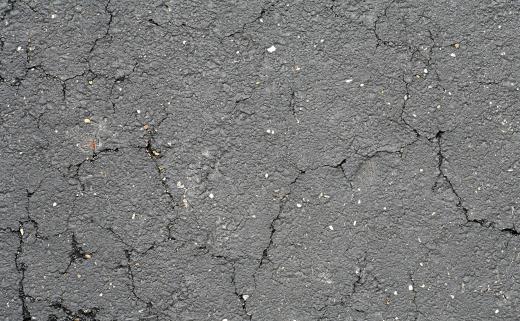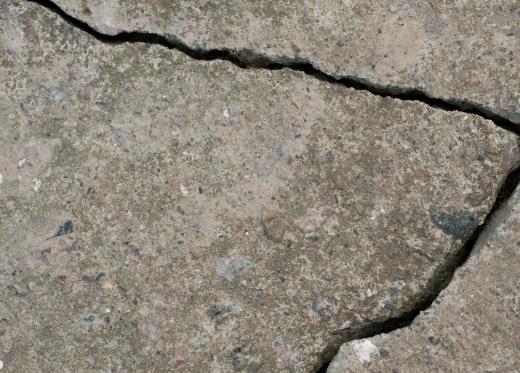Thermal cracking is a process in which hydrocarbons such as crude oil are subjected to high heat and temperature to break the molecular bonds and reduce the molecular weight of the substance being cracked. This process is used to extract usable components, known as fractions, which are released during the cracking process. It is one among several cracking methods used in the petroleum industry to process crude oil and other petroleum products for commercial use.
In the thermal cracking process, the compound to be cracked is subjected to high heat and pressure. Sometimes a catalyst is added to control the chemical reactions which occur during the process, with the goal of promoting the development of specific molecules. Fractions which have a low boiling point, such as gasoline, will be released first. As the cracking proceeds, fractions of various molecular weights can be extracted and processed further for additional uses, or packaged for transport and sale.

This process creates free radicals at the sites where molecular bonds are broken, which can be harnessed in chemical reactions such as polymerization to create new chemical compounds. A wide variety of compounds are extracted or derived through these types of processes, making it a valuable part of petroleum refining. The process can be supervised by petroleum engineers or chemists who are familiar with the needs of the market, the product being worked with, and the cracking process.

Sometimes known as pyrolysis because it involves the controlled decomposition of a chemical compound under heat and pressure, thermal cracking is designed to create more useful fractions. The cracking can be adjusted to meet needs like a rise in demand for a particular product, or a shortage of a product caused by changes in refinery capacity. Thermal cracking of petroleum is also often discussed in chemistry classes while introducing students to basic chemical concepts which come up in the refinery industry.

The term thermal cracking is also used in reference to concrete, asphalt, and similar materials. In this case, low temperatures make the material prone to cracking. Things like asphalt are elastic at temperate and high temperatures, deforming as they are stressed, but when it is cold, the material may crack or fracture. Thermal cracking in concrete and similar materials is a cause for concern in very cold environments, especially when the material is being used for structures such as bridges and buildings, where failure could cause a catastrophe.
Ever since she began contributing to the site several years ago, Mary has embraced the exciting challenge of being a About Mechanics researcher and writer. Mary has a liberal arts degree from Goddard College and spends her free time reading, cooking, and exploring the great outdoors.

